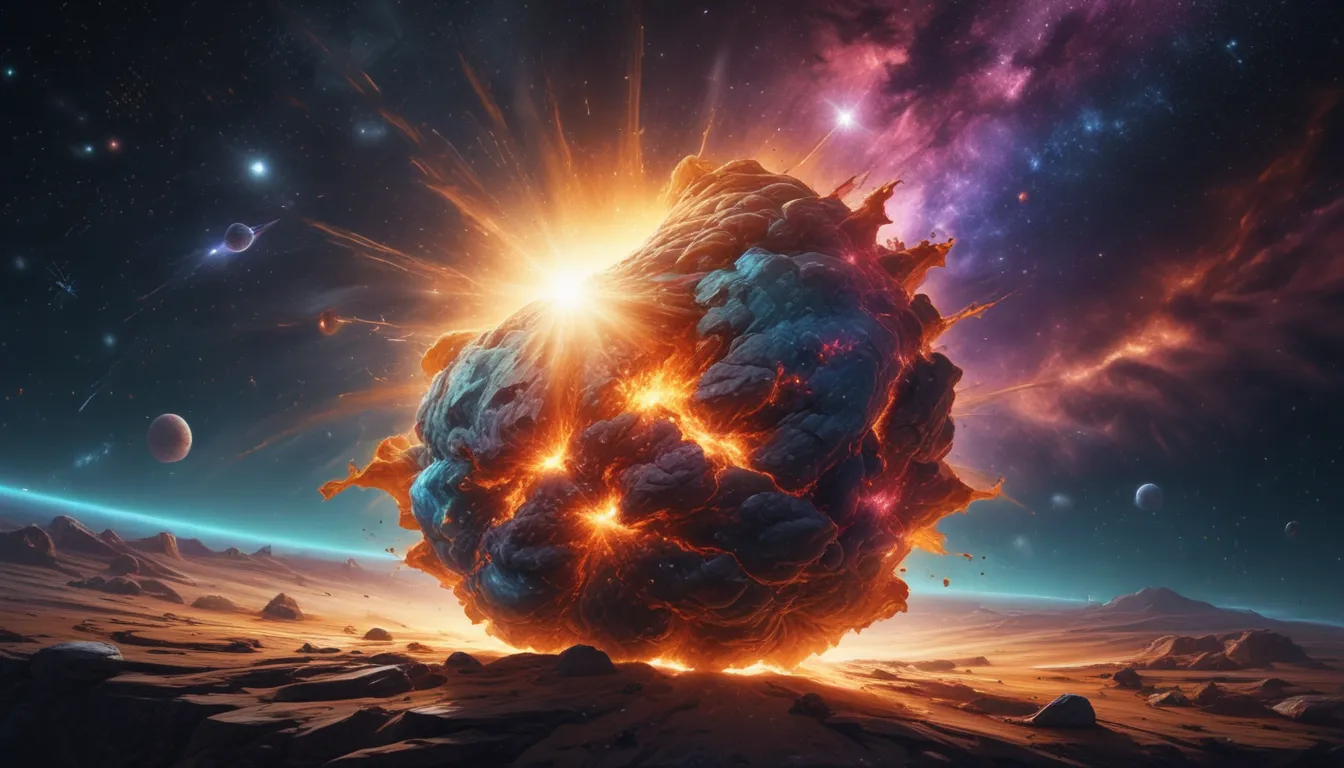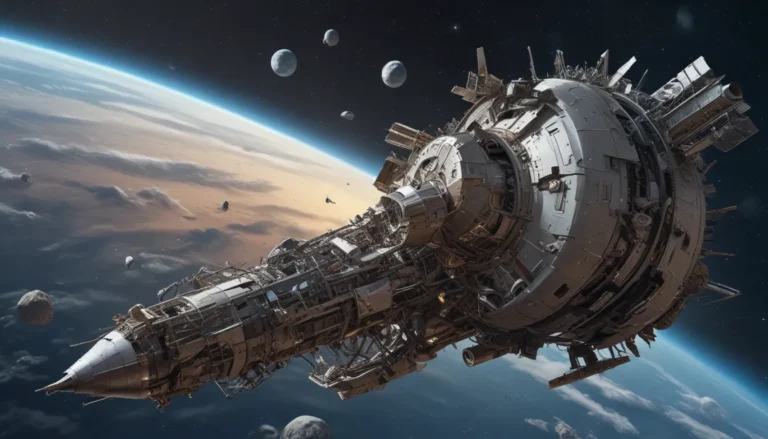The pictures we use in our articles might not show exactly what the words say. We choose these pictures to make you interested in reading more. The pictures work together with the words but don’t take their place. The words still tell you the important facts.
In the vast expanse of the universe, a mesmerizing cosmic phenomenon known as supernova nucleosynthesis takes center stage. This awe-inspiring event occurs when a massive star reaches the end of its life cycle and undergoes a cataclysmic explosion, releasing immense energy and dispersing heavy elements essential for the creation of new stars, planets, and life itself. Join us as we delve into the fascinating world of supernova nucleosynthesis and uncover 11 captivating facts that illuminate its significance in shaping the cosmos.
Exploring Supernova Nucleosynthesis
Supernova nucleosynthesis is akin to a cosmic kitchen where heavy elements like gold and uranium are cooked up in the explosive aftermath of a star’s demise, enriching the universe with precious materials. These supernova explosions, rare fireworks in the universe, disperse newly formed elements and provide valuable insights into the history and evolution of our cosmic environment.
The Birth of Elements in Stellar Explosions
- Supernova Nucleosynthesis is the process by which elements heavier than iron are formed through nuclear reactions during a supernova explosion.
- This explosive process primarily occurs in the core of massive stars that have exhausted their nuclear fuel.
- Elements such as gold, uranium, and platinum are created during supernova explosions due to the extreme temperatures and pressures that facilitate fusion reactions.
- The intense energy released during a supernova triggers neutron capture processes, leading to the production of even heavier elements.
- The material ejected from a supernova explosion spreads into the surrounding space, enriching the cosmic environment with newly formed elements.
Types of Supernova Explosions
- Different types of supernovae, such as Type II and Type Ia supernovae, contribute to nucleosynthesis in distinct ways.
- Type II supernovae result from the collapse of massive stars, while Type Ia supernovae involve the explosion of white dwarf stars.
- Neutron star mergers can also contribute to nucleosynthesis, producing heavy elements through violent collisions.
Insights into Cosmic Evolution
- By studying the abundance of elements created in supernovae, scientists gain valuable insight into the evolution of the universe.
- Supernova nucleosynthesis provides a window into the intricate processes and chemical reactions that shape our cosmic environment.
- The study of supernova nucleosynthesis combines physics, astronomy, and chemistry as researchers collaborate to unravel the mysteries of these cosmic explosions.
Supernova Nucleosynthesis: A Brief Yet Impactful Process
- The process of Supernova Nucleosynthesis occurs over a relatively short period, with elements being formed in a matter of seconds or minutes.
- Given the rarity of supernova explosions in the universe, these events are captivating and awe-inspiring, showcasing the immense power of cosmic forces.
Unveiling the Universe’s Secrets
In conclusion, supernova nucleosynthesis stands as a captivating phenomenon that plays a pivotal role in shaping the universe. Through the explosive deaths of massive stars, elements essential for the creation of planets, galaxies, and life are synthesized, enriching the cosmos with a diverse array of materials. Scientists continue to delve into the intricacies of supernova nucleosynthesis to deepen our understanding of the origins of elements and the evolution of stars, gaining profound insights into the fundamental processes governing our universe.
FAQs
-
What is supernova nucleosynthesis?
Supernova nucleosynthesis is the process by which elements heavier than iron are formed through the explosive deaths of massive stars. -
What elements are produced during supernova nucleosynthesis?
Elements like gold, silver, platinum, uranium, and more are created during supernova nucleosynthesis, essential for the formation of celestial bodies. -
How does supernova nucleosynthesis contribute to the evolution of the universe?
Supernova nucleosynthesis enriches the universe with a wide range of elements, playing a crucial role in the ongoing evolution of cosmic structures. -
Can supernova nucleosynthesis occur more than once in a star’s lifetime?
No, supernova nucleosynthesis occurs only once during a star's explosive death, releasing energy and producing heavier elements. -
What can the study of supernova nucleosynthesis tell us about the early universe?
Studying supernova nucleosynthesis provides insights into the early universe's composition and the events that shaped its evolution. -
Are all elements in the universe created through supernova nucleosynthesis?
No, while elements like hydrogen and helium were formed during the Big Bang, heavier elements crucial for life are primarily produced through supernova nucleosynthesis.
Embark on a journey through the cosmos, exploring the wonders of supernova nucleosynthesis. Join us as we unravel the mysteries of stellar evolution and cosmic transformation, gaining new perspectives on the intricate processes that govern our vast universe. Trust in our commitment to delivering engaging and accurate content that will expand your knowledge and ignite your imagination. Begin your cosmic exploration today and discover the beauty and complexity of our evolving cosmos.






